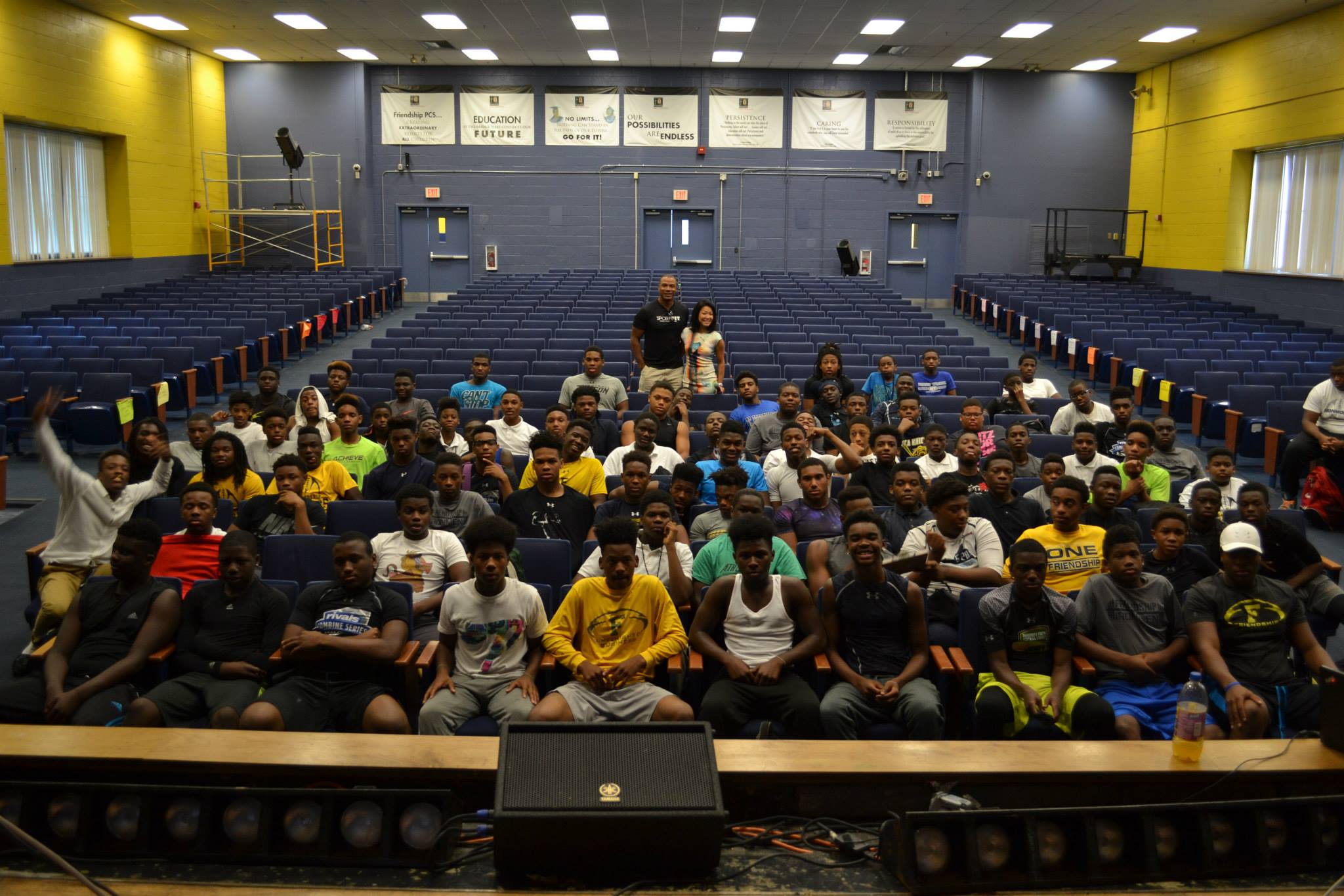Blog
Week 2: Social Justice
As Men of Code concluded its second week, we continued building a classroom narrative for our students guided by a baseline of personal storytelling. Our week’s focus is social justice and it is clear, for many of our young men, that this is the first time they have been genuinely encouraged to share their honest opinions, personal stories, and the even the slightest minutiae of their day-to-day lives. What are the seemingly innocuous occurrences in our lives that determine who we are and how we view the world around us? Leading the students to identify the answers to this question serves a multitude of purposes: building trust within our classroom container, encouraging self-reflection, and illustrating the environments we live in to reveal learning opportunities for both students and facilitators.
Our experiences over the past three years with these young men have confirmed to us that we must be more effective in our curriculum by firmly placing domestic violence, rape culture, and gender inequity on a continuum of social justice. By shining a bright light on how systemic oppression affects them personally as young Black men, we seek to also reveal to them the forces at work in the subjugation of women, the meaning of toxic masculinity and why it is a threat to others and themselves, and how all of these systems work in coordination. It is a tall task, particularly for the youngest boys who are far from naive, but have yet to think out loud about how the events around them make them feel.
Is everyone in U.S. society treated equally? Their response is a sound “no.” But when asked why, there is a bit more hesitance, supported in part by uncertainty. After being assured that there are no right or wrong answers, they mostly refer to current events filtered through the lens of the news cycle. And while they may be acutely aware of things like police violence, having already seen or experienced it; they have yet to consider its affect in relationship to the array of other circumstances, attitudes, and behaviors that don’t quite feel right.
What does violence against women mean to a group of young men who may already be face-to-face with a set of their own obstacles? How do we galvanize them to stand up for others, when they don’t necessarily possess the tools to effectively stand up for themselves? And why should we do that? These are questions we’ve begun to answer and continue to unravel within the container.


